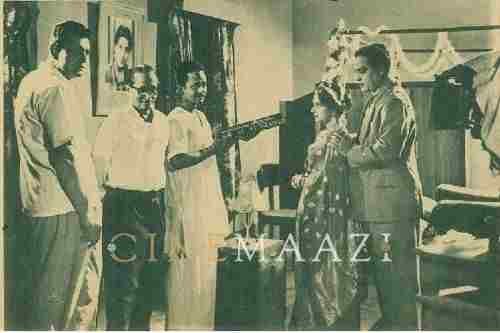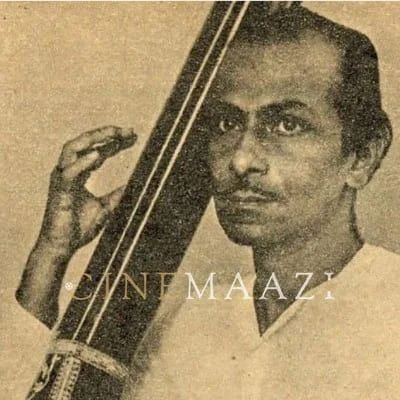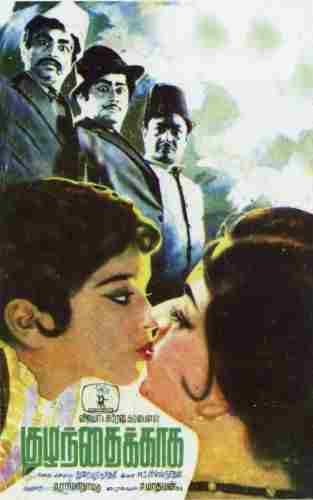This section is for paid subscribers only. Our subscription is only $3700/- for one full year.
You get unlimited access to all paid section and features on the website with this subscription.
Subscribe to read full article
This section is for paid subscribers only. Our subscription is only $37/- for one full year.
You get unlimited access to all paid section and features on the website with this subscription.
Not ready for a full subscription?
You can access this article for $2, and have it saved to your account for one year.
- Release Date1972
- GenreDrama
- FormatB-W
- LanguageTamil
- Length4356 meters
- Gauge35 mm
- Censor RatingU
- Censor Certificate Number66385
- Certificate Date09/03/1972
The plot is woven around Antony, a fugitive, a Christian priest, and a police inspector who is out to get Antony. Though the basic idea of the story, complete with a pair of candlesticks, is from Victor Hugo's Les Miserables (not acknowledged), there is wide variation in details.
Antony, a sexton, is an orphan who was cared for by the priest. His wife dies during childbirth; he has a brush with the law and is sent to jail. Years later, he flees to Singapore after committing a murder. He returns a wealthy man under a different name and becomes a philanthropist. Lawrence, the police inspector, suspects his real identity; he makes many attempts to expose him. When Antony's granddaughter and Lawrence's son fall in love, the inspector sees this as an opportunity to expose Antony. He finally manages to reveal Antony's identity at the marriage altar and arrests him. Antony is happy because his responsibility towards his granddaughter is over.
Antony is depicted as an impulsive character. In fact, he hits his daughter's lover in a rage and kills him. The idea was to show him as innocent of evil motives and still as a jailbird. Lawrence is conveniently made a childhood friend of Antony. He is a far cry from the ruthless Javert of the original. The portrayal of the priest is weak and he goes about as if stricken by a dreadful disease. Excessive make-up is employed, to make Antony's disguise credible.
The screen convention of a character wearing a cross to announce one's Christian identity is scrupulously followed. Though there are ludicrous scenes, such as the one which has Antony and his girlfriend gamboling on a rooftop in the night, the photography was decidedly better than in most of the Tamil films of the time as there was a sense of depth in the images. A critic had once commented that this is one of the few films in which the ceiling can be seen. The film had all the ingredients of a box office movie— duets, fisticuffs, and comedy that had nothing to do with the main story. A song by Antony, En thevane ennai parungal (O God look at me) turned out to be one of the most popular songs of the year.
The film was shot around the Church of Immaculate Lady at Poondi near Thanjavur and was released to coincide with the twentieth centenary of the arrival of St Thomas in India.
[from the book The Eye of the Serpent by S Theodore Baskaran]
Cast
Crew
-
BannerJayaar Movies
-
Director
-
Music Director
-
Cinematography








.jpg)




